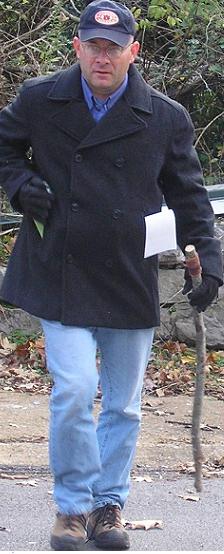The Tennessee in the Civil War Message Board
g. register,
Federal widow pensions are not available online. They can be obtained through the service provided above (flashing advertisement in red border) or you will have to go to the National Archives.
Unless you can find a regimental history in which the author has done a comprehensive analysis of casualties, you will have to go through the Compiled Service Records (CSR) to find the casualties. Against, these will be available at the National Archives. I want to say that Tennessee Federal regiments CSR's are available on microfilm but if they are they are available only at the National Archives, Tennessee State Archives, McClung Library in Knoxville, and the Chattanooga Bicentennial Library.
Below is a link to a capsule history of the regiment from "Tennesseans in the Civil War."
http://www.tngennet.org/civilwar/usacav/usa12cav.html
Unless a researcher has done research to find burial locations you will not find a consolidated list of burial locations. You may want to check for burial locations first in cemeteries where the soldier either died of disease or fell in battle. Many Federal dead were reinterred post-bellum to the nearest National Cemetery. Soldiers that died post-bellum were normally buried near their homes or near where they died.
Battle Casualties:
Once a soldier dies, decomposition begins one to three hours after death. Many factors attribute to the rate of decomposition to include but not limited to age, body fat, bacteria present in the body, fever, dehydration, environmental temperature, humidity, and degree of exposure to the air. The greater the temperature, exposure to the environment, and moisture increases the rate of decomposition. If the soldier had a fever at the time of death also increases the rate of decomposition.
Having the body penetrated by a projectile(s) and having the body cavity or head opened also will accelerate the process. External signs of decomposition such as change in body color, the epidermis separating from the dermis, and gases emanating from the body cavity and its orifices can take place with just a few hours of death. Therefore, every effort was made to hastily bury the dead at the first opportunity. As a result, soldiers were buried in hasty and often mass graves.
I hope this helps.
Hospital Deaths:
If the soldier survived the initial wounding and was evacuated back he would enter into the hospital system. Normally first would come the field hospital just a short distance from the scene of the fighting. This was normally set up in a preexisting building such as a church, private home, barn, other public building, or in a series of tents. These locations were temporary and were re-located depending on the tactical situation. The dead were often interned in the nearest cemetery or open field. General hospitals were often in towns and occupied hotels, factories, churches, and warehouses.
Prison of War Camps. Soldiers that died in Prisoner of War Camps were buried in the prison cemetery. Some graves are marked but many are not. Again, check the nearest National Cemetery for remains. Andersonville, Georgia has a National Cemetery centered on the Prisoner of War Camp at Andersonville as an example.
Respectfully,
Gerald D. Hodge, Jr.
War Between the States Historian
M.A. Military History - Civil War Concentration
Historian: 39th Georgia Volunteer Infantry Regiment

Messages In This Thread
- 12th Tennessee Calvary (Union) Company E
- Re: 12th Tennessee Calvary (Union) Company E
- Re: 12th Tennessee CAVALRY (Union) Company E
- Re: 12th Tennessee Calvary (Union) Company E